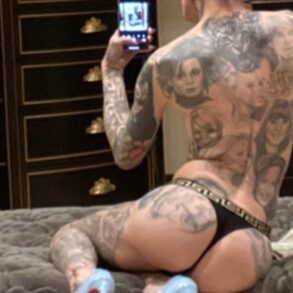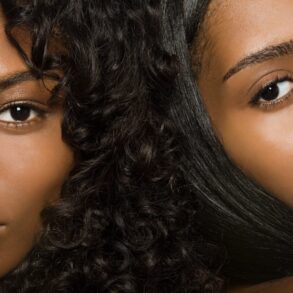Hair care is a source of physical activity avoidance for some African American women, but there are ways to preserve hair styling while gaining the benefits of being active.
Regular physical activity is linked to positive health benefits and the Physical Activity Guidelines for Americans recommend that adults participate in at least 150 minutes of moderate-intensity aerobic activity per week, or 75 minutes of vigorous aerobic activity or a combination of both.
Physical inactivity, however, is on the rise, with nearly one-third of adults not meeting aerobic activity guidelines worldwide. Inactivity among women is consistently greater than that among men, both globally and in the U.S. There are many ways to overcome barriers to physical activity, but women often experience unique cultural barriers. In the U.S., this is especially true for African American women.
Barriers to physical activity
A CDC finding states that 55.9 percent of African American women over age 20 are obese (compared to 37 percent of all Americans). While there are many complex environmental factors that contribute to obesity, regular physical activity is associated with beneficial effects on body weight and body fat. African American women, have lower participation in physical activity than white women, and are at greater risk for abdominal obesity, high HDL cholesterol and elevated blood pressure. These challenges present a serious impediment to health management among a population already at risk for heart disease.
For African American women, exercise avoidance may be influenced by body image perception, gender norms, fear of sexual stereotypes, and family responsibilities. An additional factor unique to this population is concern about hair care. According to a 2014 study, 45 percent of African American women participants said they avoided exercise because of the negative effects sweating has on hair styling and hair maintenance.
Hairstyle as a cultural value
For African American women, hair is both a personal expression and a symbol of racial identity. It can serve as a social marker of empowerment, especially in a society where African American women have been historically devalued.
Fragile hair, as evidenced by hair breakage, scalp itching and flaking and excessive hair loss is a common experience for many African American women, and adds to the importance of hair care and maintenance.
Hairstyling can be costly and time-consuming. Additionally, maintaining some hairstyles requires relaxers or processing which is best done less frequently, to reduce hair breakage and shedding.
Regular participation in physical activity may be less appealing for these reasons.
Overcoming hair care barriers
Protective styling is an option for balancing healthy hair maintenance and an active fitness routine.
- A styling wrap or a head sweatband that absorbs and transfers sweat away from the hair and keeps edges intact can make it easier to maintain a hairstyle.
- Natural hairstyles, such as braids, can also provide a possible solution.
- Finding a time or place that offers a cooler temperature, utilizing a fan and wearing lightweight exercise gear can minimize sweating.
- Exercises like yoga or walking may produce less profuse sweating.
- Varying an exercise routine with more strenuous exercises closer to shampoo time can also be helpful.
Finding the resources and the space to embrace identity, hair health and physical health can increase physical activity for African American women.
Did you find this article useful?
This post was originally published on this site be sure to check out more of their content.








